
Nobuhiko ASAKURA
Center for Mathematical Modeling and Data Science,
Osaka University
I specialize in psychology. My research has mainly focused on vision. When a person looks at a three-dimensional (3D) object, their brain recognizes the object by constructing consecutive faces in 3D based on a small amount of information obtained from vision. I am exploring the mechanism that underpins this brain function.
When I was an undergraduate, I studied at the Faculty of Letters in the philosophy division since laboratories handling psychology belonged to this division. Although I didn't understand anything about philosophy, I found a lecture on vision very interesting. This is how I came to specialize in this field. In particular, I was fascinated by the fact that capturing colors and afterimages, which I thought were sensuous phenomena, could be explained by theories and mathematical formulas. I have always liked mathematics. In fact, my research incorporates both behavioral experiments and mathematical models.
Recently, I began creating models for communication. For example, I use data such as people's facial expressions to estimate people's intentions. However, there is not a one-to-one correspondence between data and the mind.
Bayesian inference, which is a mathematical model, is a good way to handle ambiguous or limited data such as human facial expressions. Although I first learned about Bayesian inference in vision research, it is widely used in the fields of artificial intelligence (AI) and machine learning. Our research applies accumulated data and the Bayesian framework into a variety of fields, including the analysis of human behavioral data and the estimation of mental states.

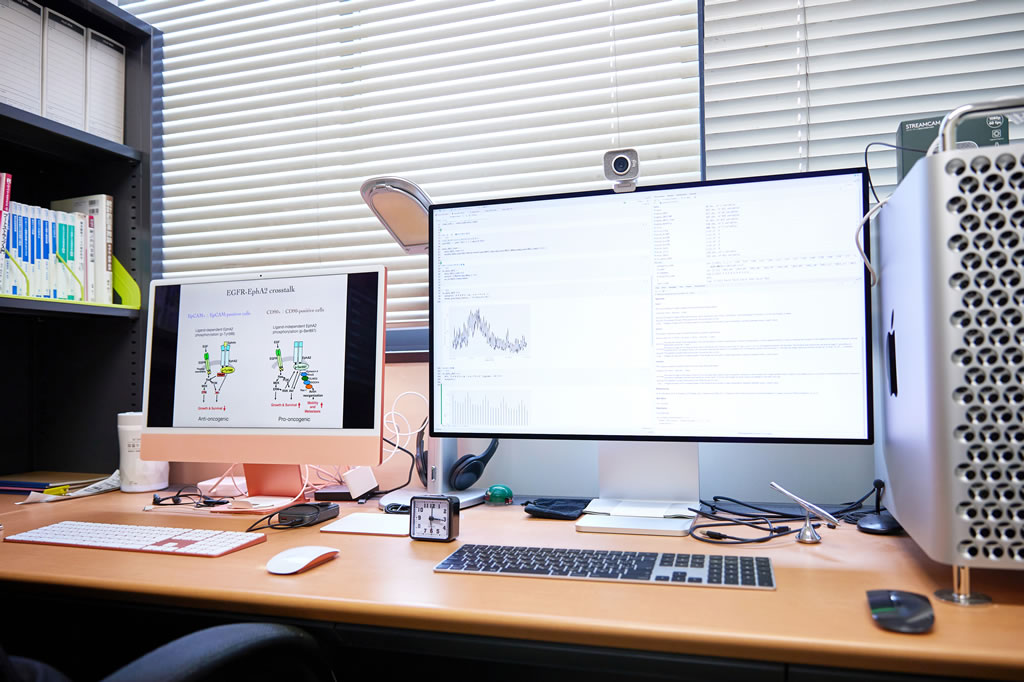
I teach data science basics to undergraduate students, mostly first-year students. My students' majors are almost evenly split between humanities and science.
Often data science is perceived as the foundation of various studies, equivalent to reading and writing. However, I think of it differently. What is really important is mathematics. If you have studied mathematics properly, you can even learn statistics and data science by yourself just by reading textbooks.
So, I try to teach the basics of data science by reviewing mathematical concepts as appropriate, including derivatives and integrals, to explain the important parts. However, if I only offer mathematical formulas, some students will become lost. Therefore, I try to teach by including real-life examples and applications to help students understand with visuals and to make mathematics interesting.
For example, I relate testing to visual pattern recognition and explain how mathematical formulas can be used when processing noise and signals. I show them how mathematical formulas can provide an intuitive understanding of how weak signals become difficult to see or waver along with the mathematical formulas depicting such changes. In this way, many students, even those majoring in humanities, seem to understand and say, "I got it!"
I studied mathematics on my own. Before entering graduate school, I bought a mathematics textbook for engineering students and solved problems. If I failed to arrive at a correct answer, I went back to the beginning and repeated until I could solve it. It took me about one year to master linear algebra and Fourier analysis. This experience allowed me not only to grasp how mathematics could support my research but also to sense the "hard spots" where students tend to stumble. Thus, I teach in a way that makes it easy to overcome these spots.
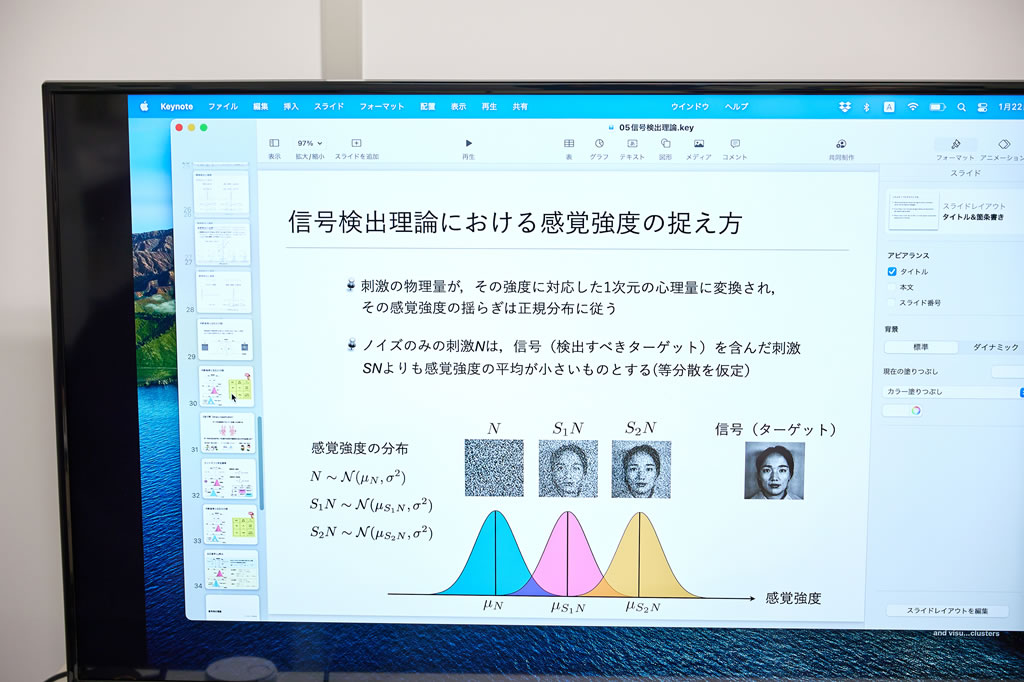
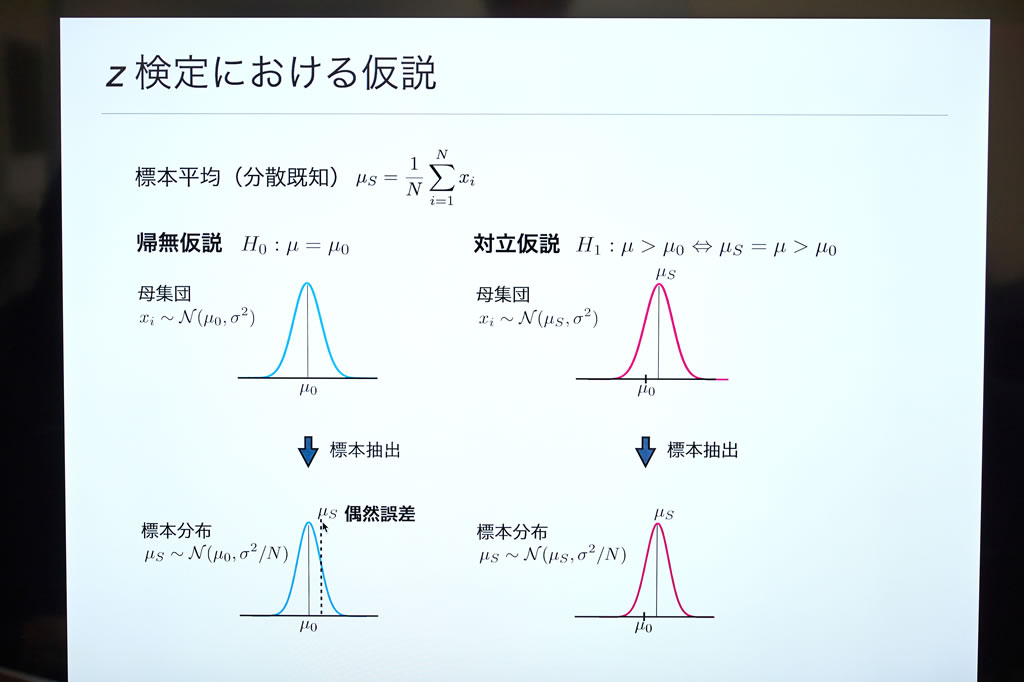
The faculty at MMDS (Center for Mathematical Modeling and Data Science) at Osaka University includes diverse areas of expertise, which should appeal to students as MMDS offers a wide range of courses.
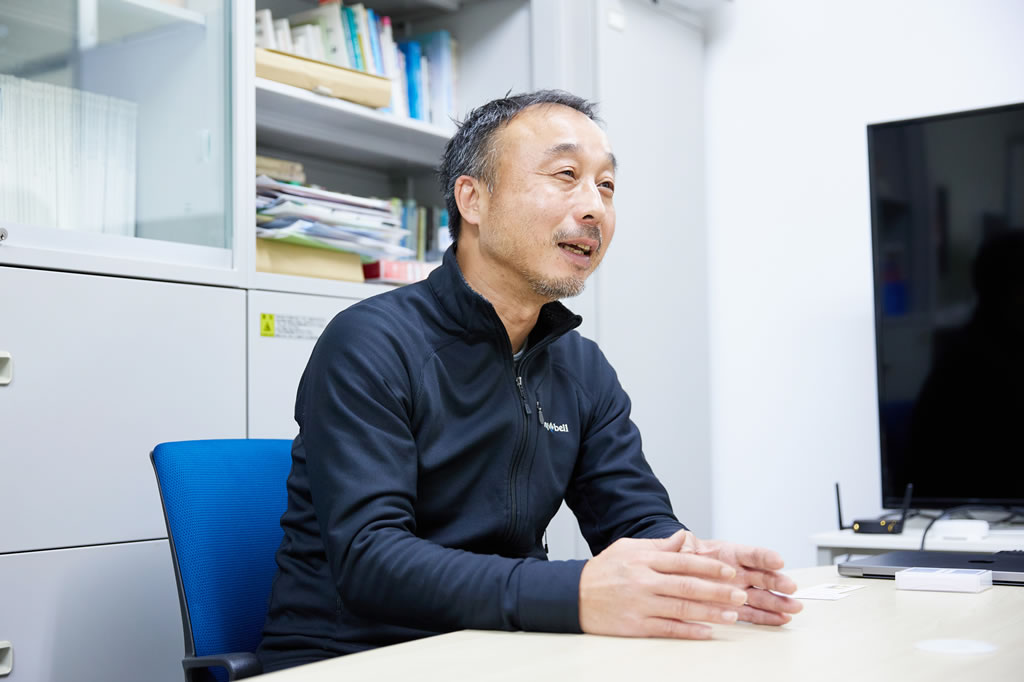
The Data Science fundamentals lectures, which I devised for undergraduate students, are also available to working people through e-Learning and online schooling. These lectures are part of the reskilling courses of the Human Resource Association of Mathematics (HRAM).
I am also teaching a course for working people using a small-group seminar format under the MMDS Advanced AI Human Resource Development Program. This course probes technologies that will enable a better relationship between people and AI. Working people typically have two motivations for enrolling in the course. They either want to apply the knowledge to their current work or acquire new skills for a career change or promotion.
For those who want to apply mathematical knowledge to their current work, I inquire about the problems they are grappling with. Then I work with them to find ways to solve them. Specifically, the sessions present models and simulation methods that they could potentially use in their work. For those who are trying to improve their skills, I introduce several topics using cognitive science and AI. Then I set tasks and provide guidance based on their interests.
One topic that I am delving into with working people is the characteristics of AI using cognitive psychology and experimental psychology methods that have been used to study humans. Sometimes, AI is referred to as a “black box.” However, we understand much less about people than AI. I enjoy my research with students who are also working people and am optimistic that the methods used in this research may help us to get closer to the inner world of AI.
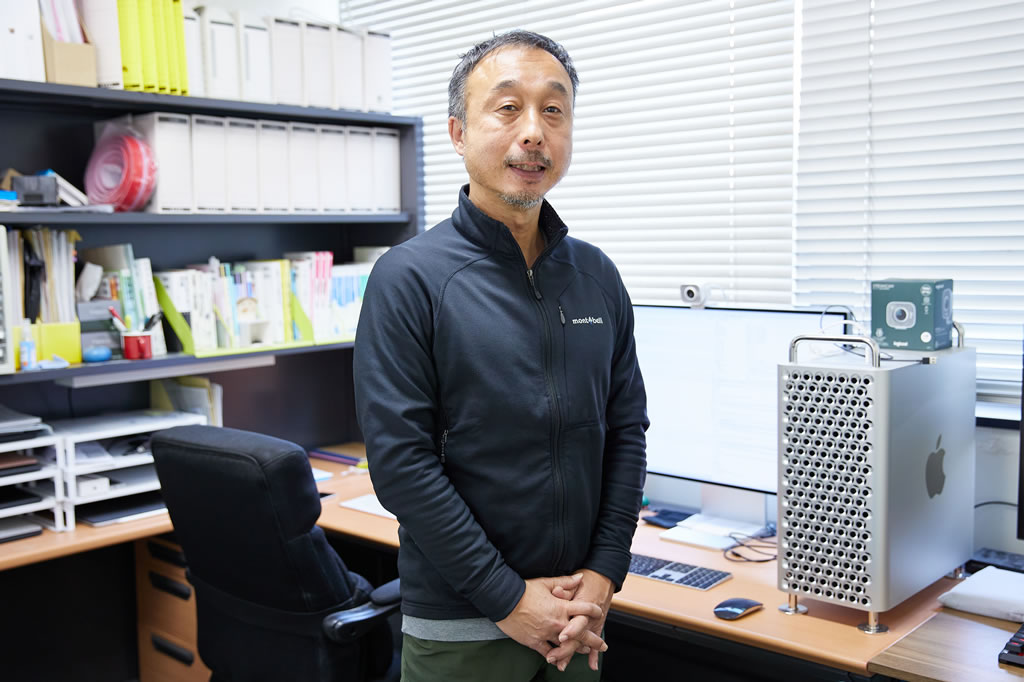
Interview as of January 2024
